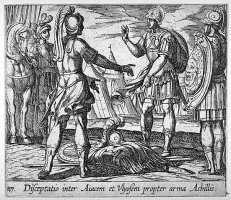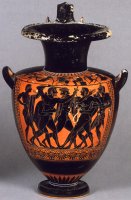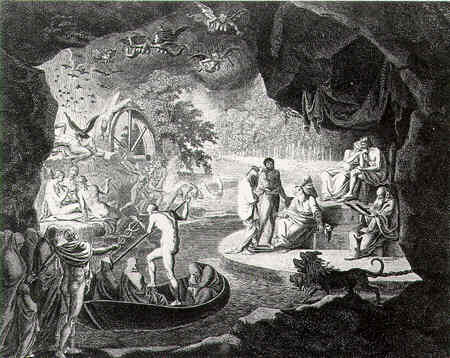Click here for direct link to audio Episode #29. 
Click here for previous episodes.
Yes. I’ve gone right back to the beginning. In my quest to understand the origins of democracy from ancient Athens and the spread of Hellenism after Alexander the Great, I had to go right back to Neolithic times. And to understand Neolithic times, I had to understand Paleolithic times, and on and on, until finally, I was back at the beginning of life on Earth itself. That’s what I call a top-notch three-day weekend! So hunker down and let’s take a look at those oh, so early days.
Thanks to the efforts of the International Commission on Stratigraphy, we have these mostly-standardized chronological divisions:
The 3 Pre-Cambrian eons:
Hadean Eon
Archean Eon (Eo era, Paleo era, Meso era, & Neo era)
Proterozoic Eon (Paleo era, Meso era, & Neo era)
The 1 Cambrian (multi-celled plants & animals) eon:
Paleozoic era
Mesozoic era (Triassic period, Jurassic period, & Cretaceous period)
Cenozoic era-current era, divided thus:
Paleogene period (Paleocene epoch, Eocene epoch, & Oligocene epoch)
Neogene period (Miocene epoch & Pliocene epoch)
Quaternary period (Pleistocene epoch & Holocene epoch YOU ARE HERE!)
And look at all those Greek affixes! My students would have a field day! And the very first eon is named after the Greek underworld, Hades! I did not include the dates, as they do not concern me much. I mean, really, who can comprehend 4.6 billion years?
This week’s podcast will walk you through the Pre-Cambrian eons and give you a brief overview of the Phanerozoic eon in order to prepare you for next week’s look at Stone Age humankind. Enjoy!








